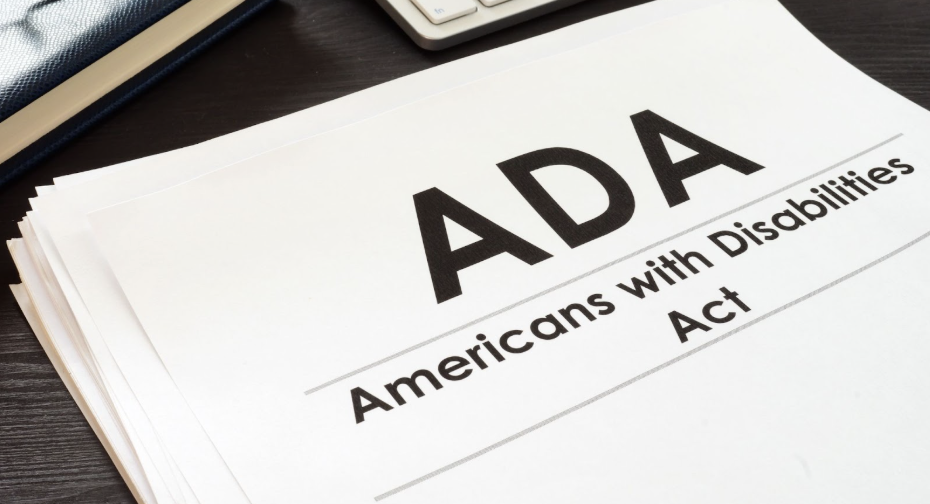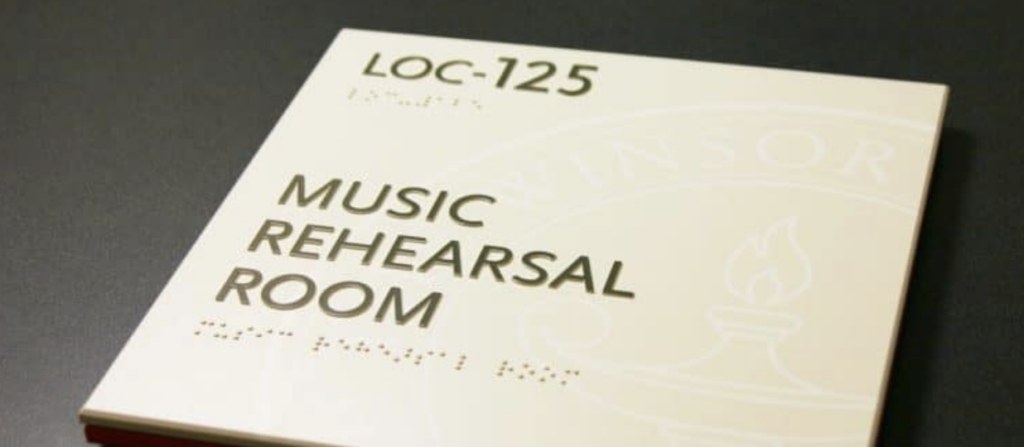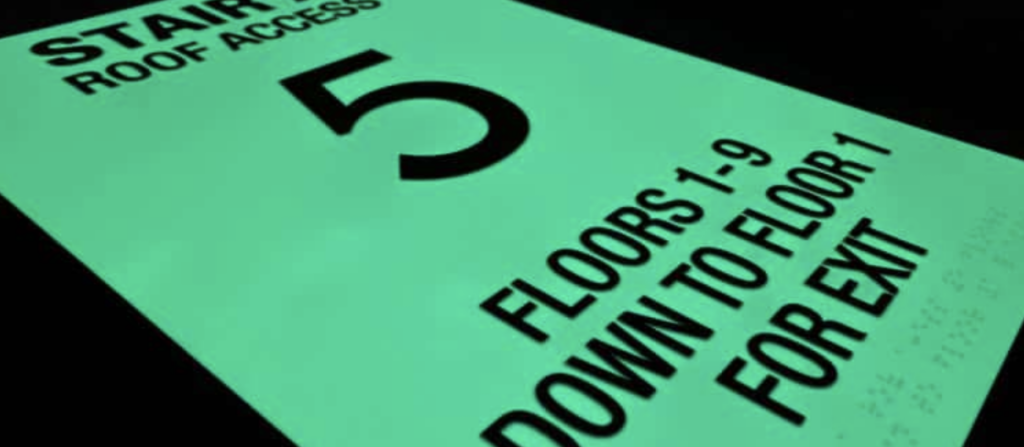The Americans with Disabilities Act (ADA) plays a vital role in ensuring accessibility in public spaces, particularly through braille signage designed for the visually impaired. Established in 1990, the ADA mandates that facilities accommodate individuals with disabilities by adhering to specific ADA requirements. These regulations not only enhance accessibility but also foster inclusive environments by providing essential wayfinding information for all visitors.
ADA Requirements for Braille Signage
The ADA outlines critical guidelines for braille signage to ensure usability for visually impaired individuals. Key ADA requirements include tactile elements like braille and raised characters, which are essential for independent navigation in public places such as hospitals, hotels, schools, and office buildings. Signage must also comply with contrast and lighting standards to enhance visibility, making it easier to locate and read important information.
Braille and Tactile Characters
To meet ADA requirements, signage must incorporate tactile characters and Braille, enabling visually impaired individuals to read signs by touch. Braille should be clear and placed at an accessible height, ensuring easy identification and readability. The combination of raised characters and braille enhances accessibility and inclusivity, providing an additional layer of guidance for users.
High Contrast and Non-Glare Surfaces
ADA requirements dictate that signs utilize high-contrast color schemes and non-glare surfaces to maximize visibility. A high-contrast design between text and background assists individuals with low vision in distinguishing letters and symbols. Non-glare surfaces help reduce reflections, benefiting those sensitive to light or with visual impairments.
Importance of ADA Braille Signage for the Blind and Visually Impaired
Adhering to ADA requirements for braille signage is crucial in creating inclusive environments. ADA-compliant signs allow individuals with visual impairments to navigate buildings independently and safely, especially in emergencies where clear signage is necessary for locating exits or safe areas.
Benefits of ADA-Compliant Braille Signage for Businesses
Meeting ADA requirements not only fulfills legal obligations but also provides significant advantages for businesses. Installing ADA-compliant signage fosters a welcoming and accessible environment for clients, employees, and visitors. This commitment to accessibility enhances brand reputation and customer satisfaction, showcasing a dedication to inclusivity.
The Value of ADA Requirements for Accessibility
The influence of the ADA on signage for the visually impaired underscores the importance of accessibility in public spaces. By adhering to ADA requirements, organizations can cultivate a more inclusive environment, empowering individuals with visual impairments to navigate confidently and independently. ADA-compliant braille signage is a vital step toward ensuring equal access and creating spaces where everyone can thrive.




